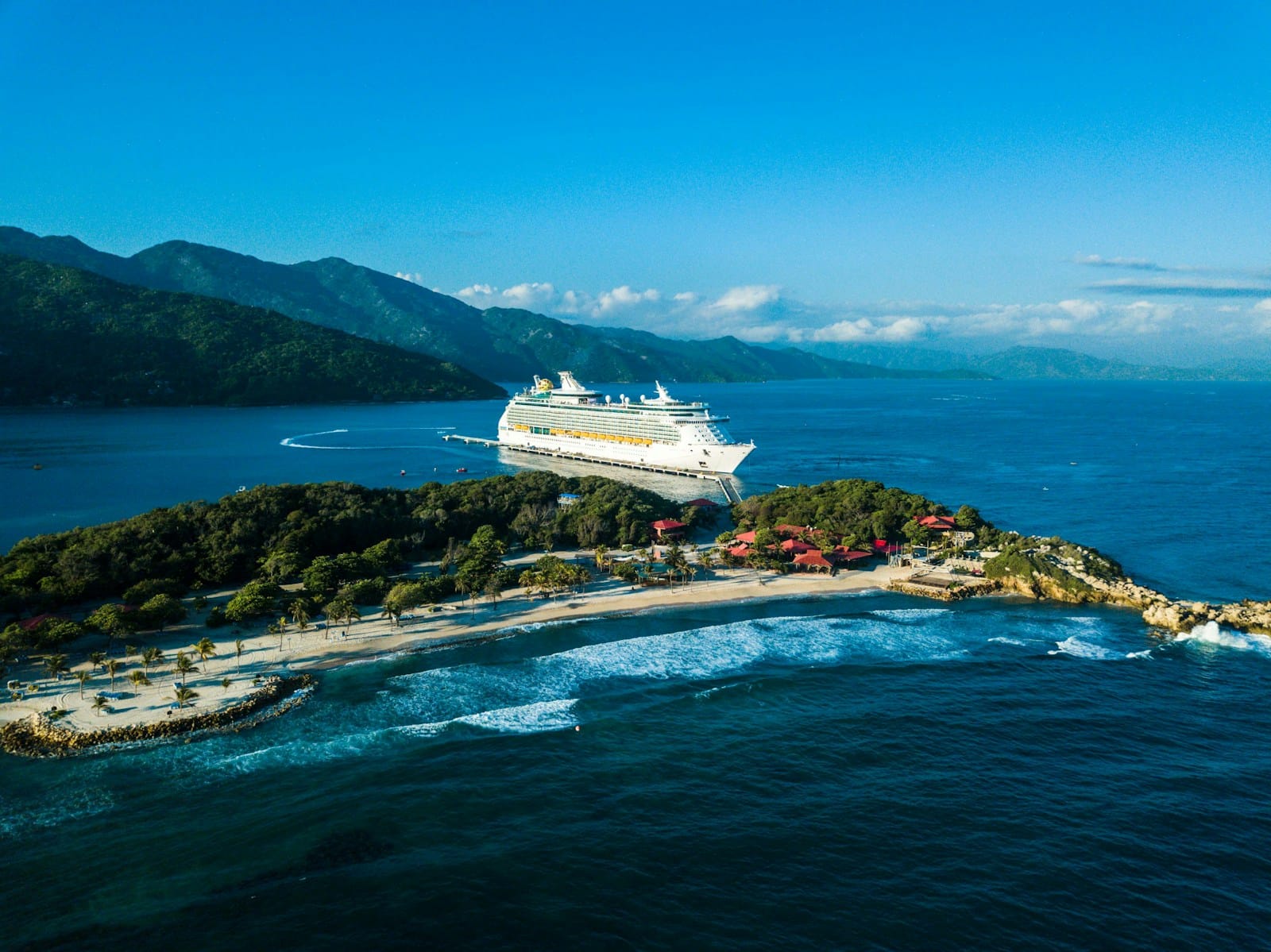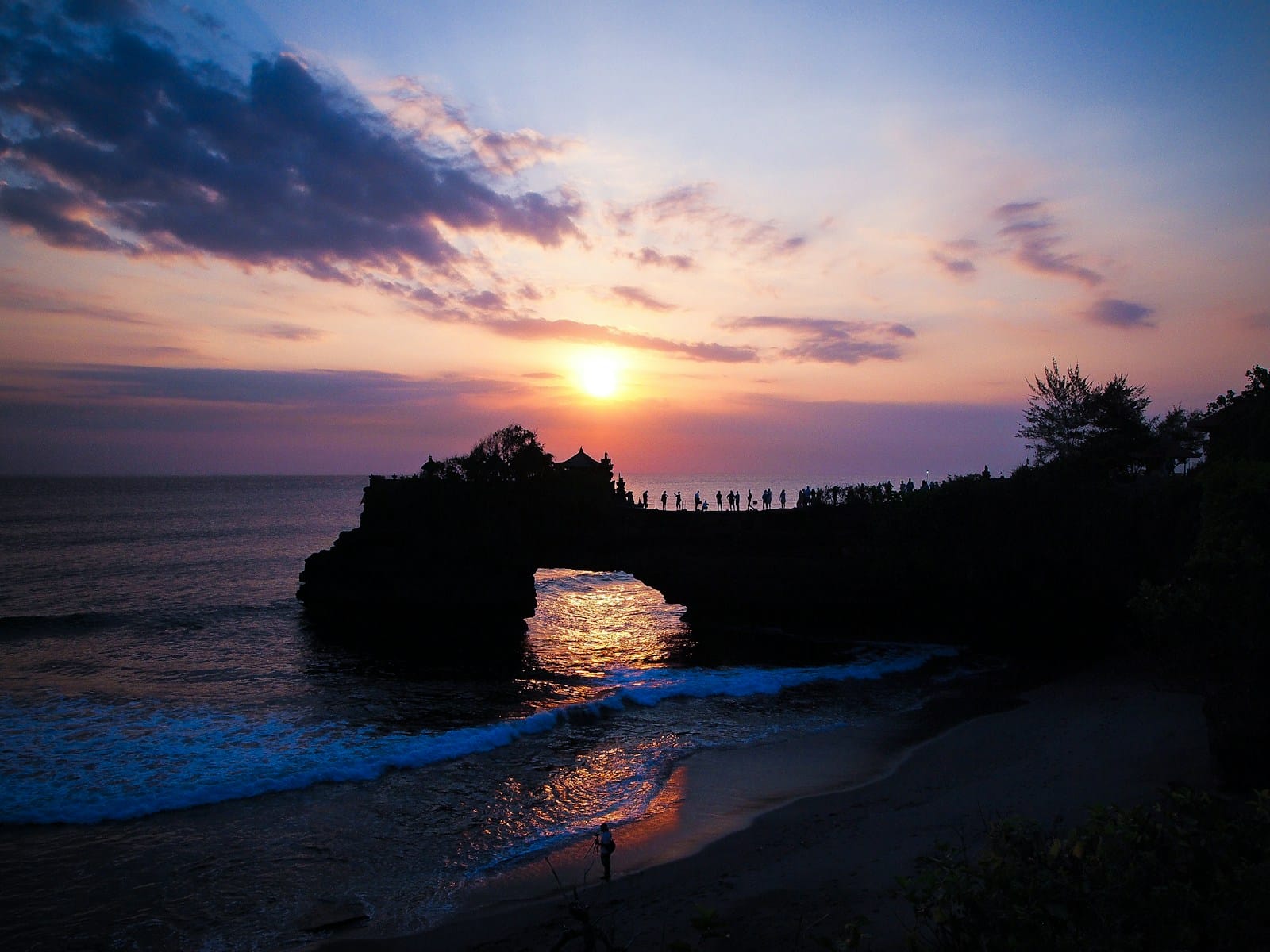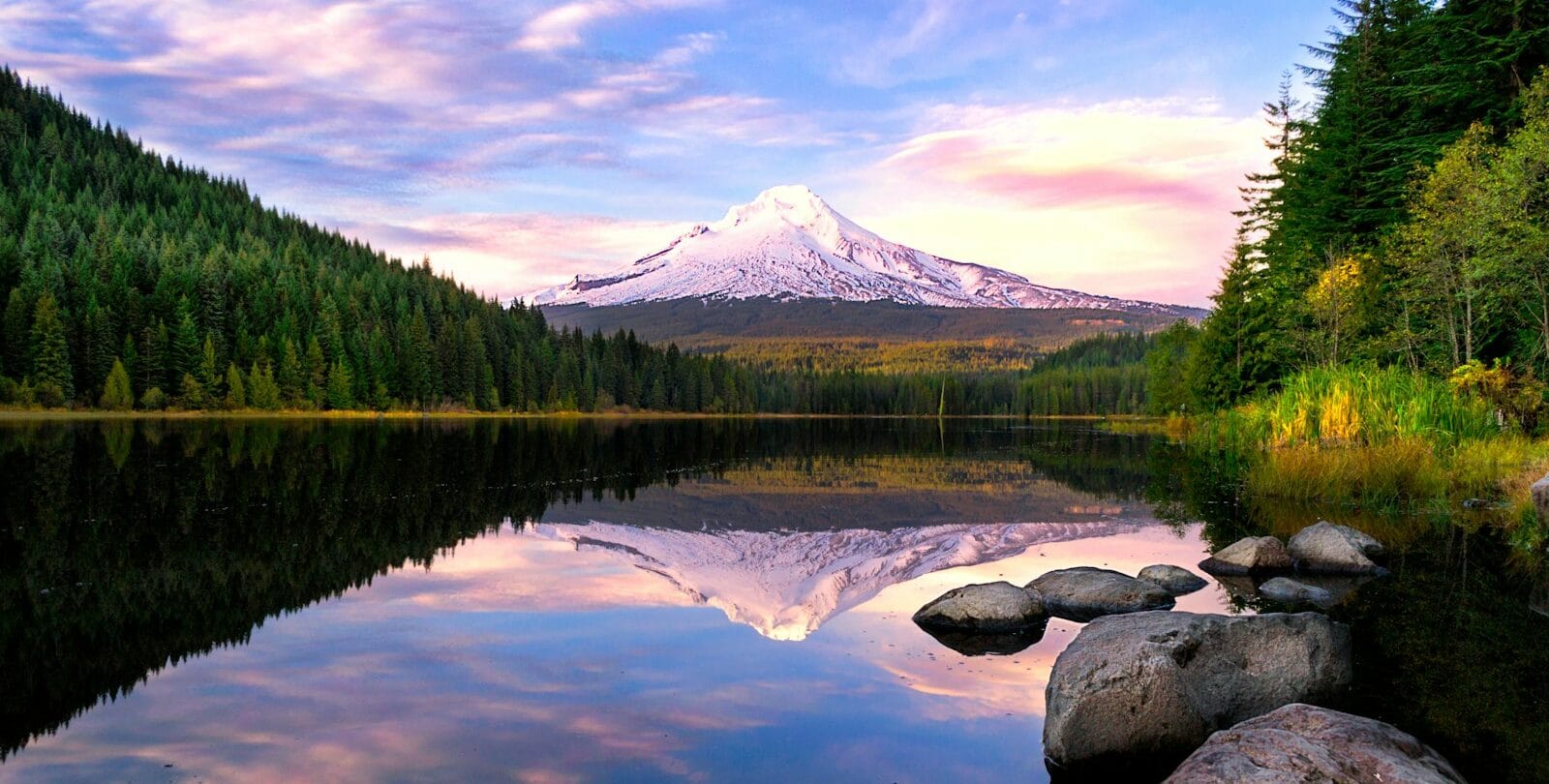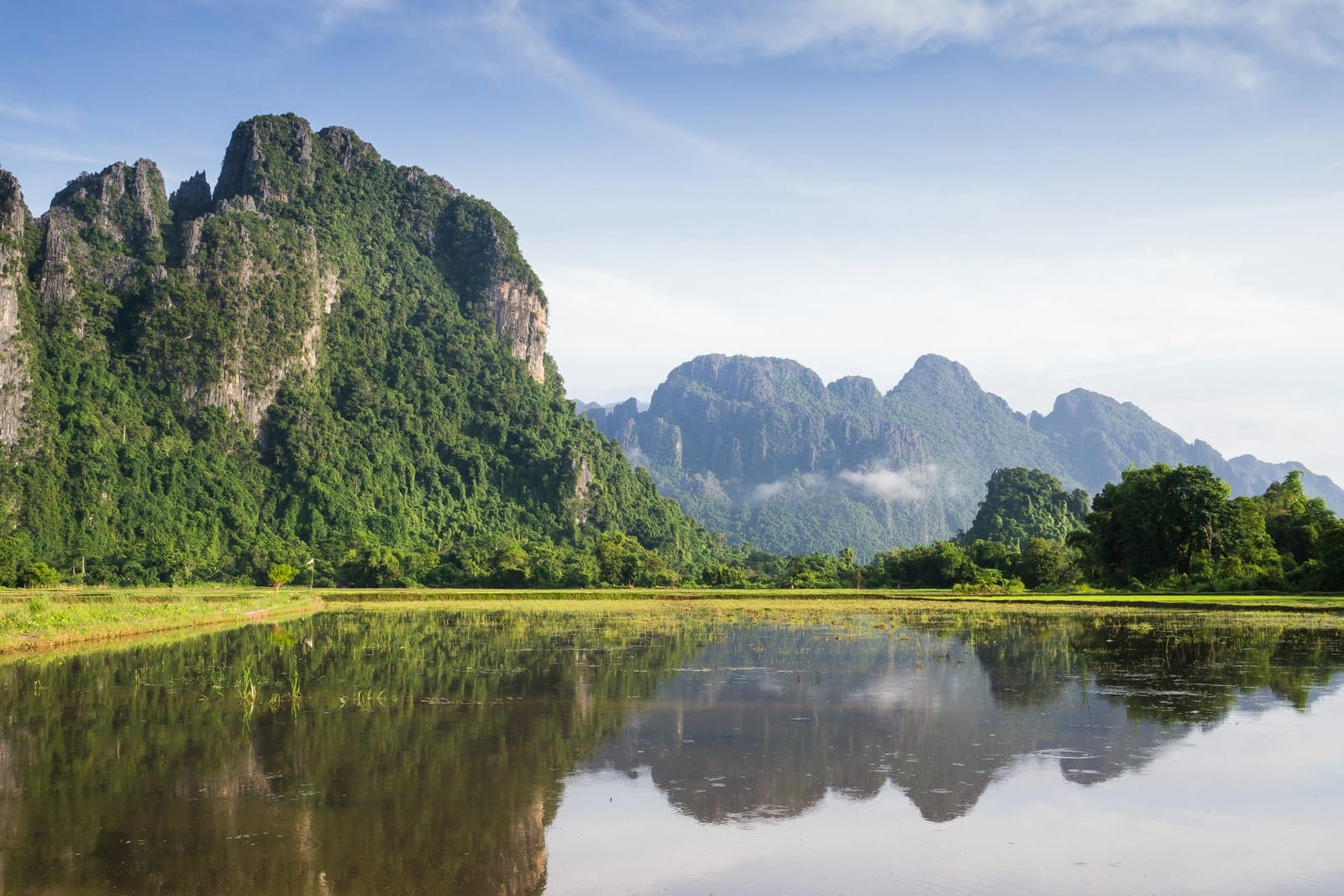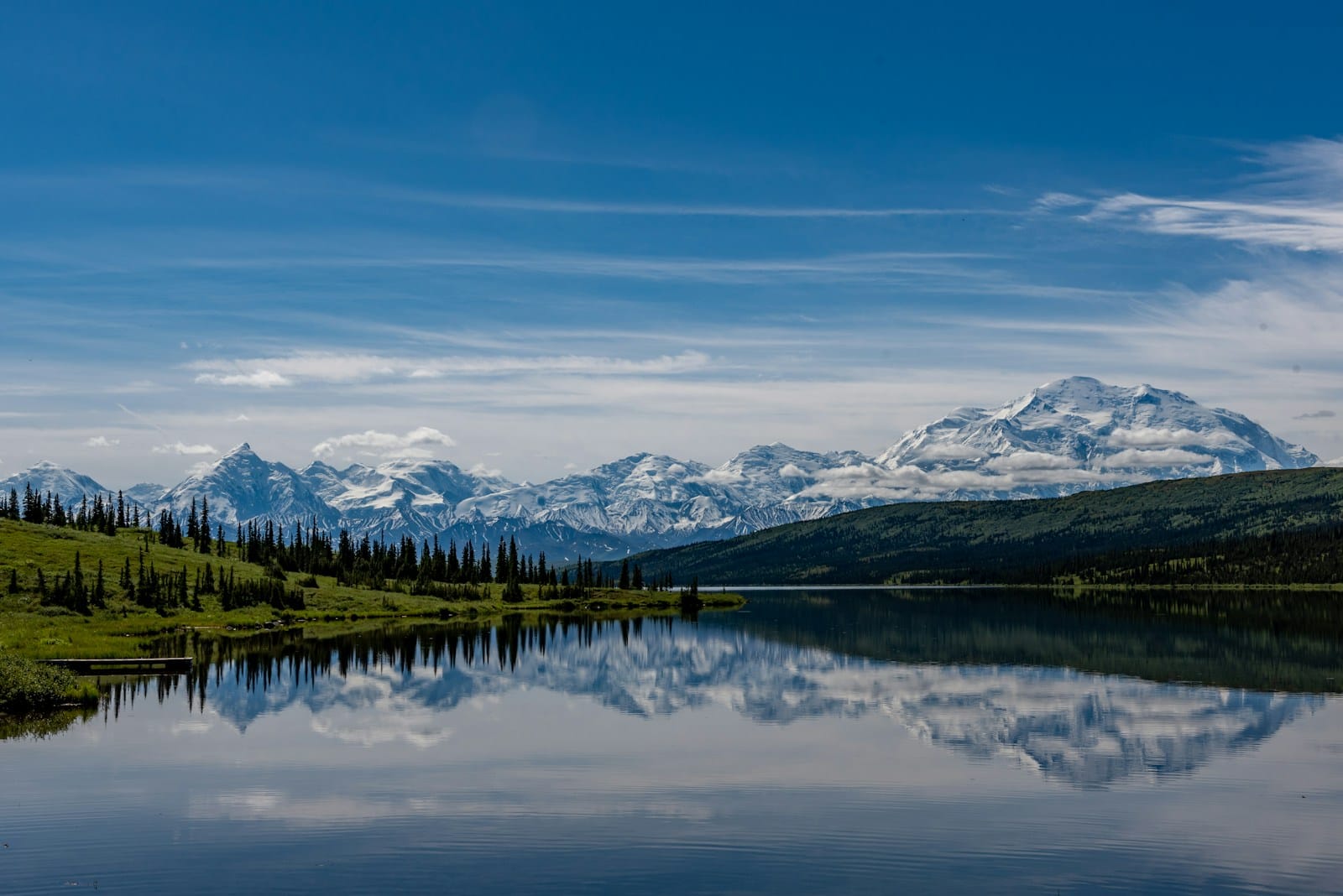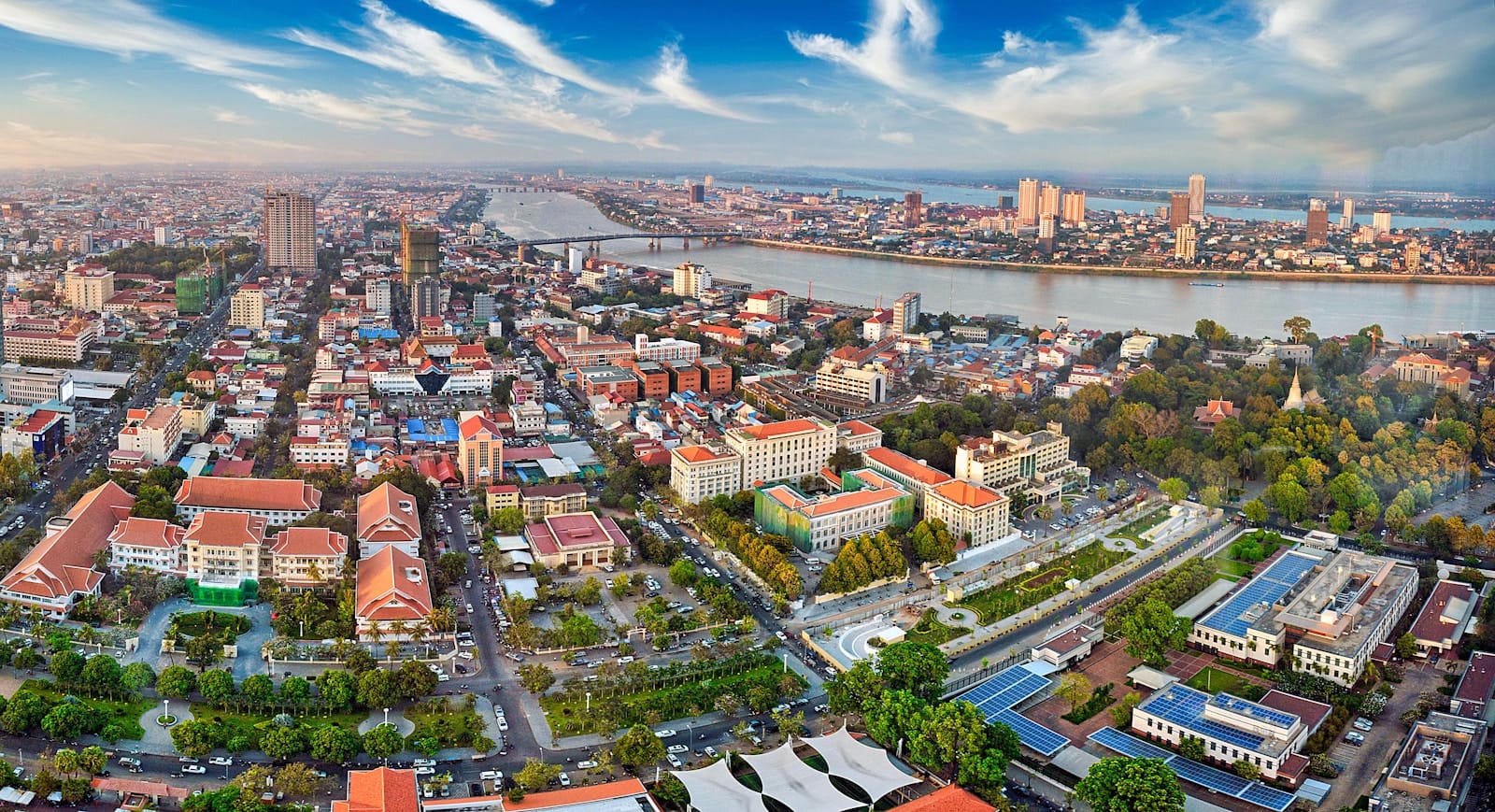Haiti Travel Guide: Resilience, Rhythm & Raw Caribbean Beauty
Intro to Haiti Travel Guide
Often overlooked yet rich in culture, history, and untamed beauty, Haiti is the Caribbean’s most soulful destination. With its African heritage, revolutionary past, mountain villages, and vibrant arts scene, this nation offers travelers a powerful experience beyond the beach.
Start planning your journey with our complete Haiti Travel Guide — featuring the best time to visit, travel cost in Haiti, top places to explore, and unforgettable Haiti tours rooted in culture, nature, and connection.
Looking for immersive Haiti tours? From Vodou ceremonies and waterfall hikes to coastal forts and artist enclaves, discover the best things to do in Haiti through curated, respectful local tours.
Where to Go in Haiti
Cap-Haïtien | Jacmel | Jérémie | Kenscoff | Labadee | Les Cayes | Pétion-Ville | Port-au-Prince | Port-Salut
💡Quick Facts:
Destination: Haiti
Continent: North America (Caribbean)
Country: Haiti
Area: 27,750 km² (10,714 mi²)
Population: ~11.6 million (2025 est.)
Density: ~418/km²
Capital: Port-au-Prince
Regions/Subregions: Ouest, Nord, Sud, Grand’Anse, Artibonite, Nord-Ouest, Nord-Est, Centre, Nippes, Sud-Est
Official Languages: Haitian Creole, French
Regional Languages: English and Spanish in tourism/business areas
Currency: Haitian Gourde (HTG)
Time Zone: EST (UTC-5), no DST
Airports (Main): Toussaint Louverture International (PAP, Port-au-Prince), Cap-Haïtien International (CAP)
Climate: Tropical — hot and humid; wet season Apr–Nov
Known For: Citadelle Laferrière, Sans-Souci Palace, Caribbean beaches, Vodou culture, Carnival, Iron Market
🛂Arrival Info:
Visa-Free Countries: US, Canada, EU, UK, and most Latin American nations (stay up to 90 days).
Visa on Arrival: Available for select nationalities.
Entry Requirements: Passport valid 6+ months, return ticket, $10 tourist fee (cash or card).
Ports of Entry: PAP (Port-au-Prince), CAP (Cap-Haïtien), cruise ship terminals.
Visa Info: Haiti Ministry of Foreign Affairs
🏥Health Info:
Recommended Vaccines: Hepatitis A, Typhoid, Hepatitis B, Rabies (long stays), routine immunizations.
Mosquito Risks: Malaria (in some areas), Dengue, Zika, Chikungunya.
Healthcare Access: Limited; best hospitals in Port-au-Prince.
Emergency Number: 114 (ambulance), 122 (fire), 114 (police, variable).
Insurance: Essential, with evacuation coverage strongly recommended.
🚑 Check travel insurance options for travel emergencies, delays, and medical needs abroad — Get coverage here
💉 Stay Informed with Official Updates: WHO – International Travel & Health | CDC – Travel health updates
🚨Travel Advisory:
General Safety: High risk due to crime, kidnappings, and political unrest.
Risks: Violent crime in Port-au-Prince; gang activity in some regions.
Civil Unrest: Protests and strikes common; roadblocks may occur.
Natural Hazards: Hurricanes (Jun–Nov), earthquakes, flooding, landslides.
LGBTQ+ Safety: No legal protections; discretion advised.
🌍Track Real-Time Official Updates: US Travel Advisory | UK Foreign Travel Advice | Government of Canada | NZ SafeTravel
🥳Holidays:
January 1: Independence Day & New Year’s Day
January 2: Ancestors’ Day
February/March: Carnival (dates vary)
May 18: Flag Day
November 1: All Saints’ Day
November 2: All Souls’ Day
December 25: Christmas Day
💰Visitor Info:
Currency: Haitian Gourde (HTG).
Payment: US dollars widely accepted; cash essential.
ATMs: Limited, often unreliable outside main cities.
Tipping: 5–10% standard in restaurants.
Tourist Taxes: $10 fee on arrival.
Average Daily Budget:
Budget: $40–60
Mid-Range: $80–150
Luxury: $200+ (limited options)
🛫Airports:
Toussaint Louverture International (PAP): Main hub, Port-au-Prince.
Cap-Haïtien International (CAP): Northern Haiti, historical sites access.
Carriers: American Airlines, JetBlue, Spirit, Air France, Sunrise Airways.
Connections: US, Dominican Republic, Caribbean hubs, Paris (seasonal).
🧳 Delayed or canceled flight? Check if you’re eligible for compensation
🚍Transport:
Local Transport: Tap-taps (shared minibuses) are cheap but unsafe.
Taxis: Limited; negotiate fares in advance.
Car Rentals: Available; security concerns high, driving not recommended.
Domestic Flights: Sunrise Airways links PAP, Cap-Haïtien, Jérémie, Les Cayes.
Roads: Poor condition in many areas; travel delays common.
🚗 Book reliable airport transfers and in-city rides in advance. Reserve your ride here
🛰️Connectivity:
SIM Providers: Digicel, Natcom.
Costs: SIMs ~$5–10, prepaid packages available.
Coverage: Decent in cities, limited in rural areas.
Wi-Fi: Available in hotels, some cafes; speeds unreliable.
Roaming: Expensive; local SIM advised.
🛜 Stay connected abroad with affordable eSIM data packs. Get your eSIM here
📜Laws & Etiquette:
Drinking Age: 18.
Smoking: No nationwide restrictions; local rules vary.
Dress Code: Casual; modesty in villages.
Cultural Respect: Vodou practices are part of daily life; respect local customs.
Photography: Ask before photographing people or religious ceremonies.
LGBTQ+: Culturally conservative; caution advised.
👮Emergency Info:
Emergency (General): 114 (ambulance), 122 (fire), 114 (police).
US Embassy (Port-au-Prince): +509 2229 8000
Canadian Embassy (Port-au-Prince): +509 2812 9000
UN & NGOs: Often provide support in emergencies where government services are limited.
🏛️ Use embassy locator tools: Embassies Worldwide
🌞Weather:
Dry Season (Dec–Mar): 25–30°C, best travel period.
Wet Season (Apr–Nov): 27–32°C, heavy rains, hurricane risk.
Hurricane Season: June–November, peak Aug–Oct.
Best Seasons: December–March for dry weather and festivals.
🌦️ Stay prepared—check the weather forecast for your destination — Weather Forecast
Haiti by Region – Where to Go
Haiti’s diverse geography spans coastal cities, forested mountains, colonial towns, and remote fishing villages.
Ouest Department – Capital, Culture & Coast
Port-au-Prince, the nation’s capital, is gritty yet energetic. Discover the Iron Market, National Museum, and the artistic enclave of Jacmel to the south — a charming colonial town known for its mosaics and festivals.
Nord & Nord-Est – History & Highlands
Visit Cap-Haïtien, Haiti’s second city and gateway to the country’s most iconic site — Citadelle Laferrière, a massive fortress atop a mountain. Nearby, Milot offers historical parks, while coastal towns like Fort Liberté reveal French colonial architecture.
Sud & Grand’Anse – Nature, Beaches & Mountains
The southern peninsula is a treasure trove of waterfalls, white-sand beaches, and rainforests. Highlights include Port-Salut, Côteaux, and Pic Macaya National Park for hiking and birding.
Centre & Plateau Central – Spiritual Heartland
Visit Saut-d’Eau, a sacred waterfall and Vodou pilgrimage site, and the Artibonite River Valley, Haiti’s agricultural core. This is where spirituality and sustainability meet.
Accessible only by boat or rugged road, Île de la Gonâve and Nippes offer unspoiled beaches, fishing villages, and deep-rooted rural culture.
Top Places to Visit in Haiti
Cultural Highlights
- Citadelle Laferrière: UNESCO fortress and symbol of Haitian freedom
- Sans-Souci Palace: Crumbling elegance in Milot
- Jacmel: Artistic town with French flair and colorful festivals
- Port-au-Prince Iron Market: Bustling, chaotic, and full of life
Natural Wonders
- Saut-d’Eau Waterfall: Sacred and refreshing pilgrimage site
- Bassin Bleu (Jacmel): Stunning turquoise pools in the mountains
- Macaya National Park: Remote trails, orchids, and endemic birds
- Île-à-Vache: Island paradise with clear waters and few visitors
Beaches & Coast
- Port-Salut: Laid-back, swimmable beaches in the south
- Cayes-Jacmel: Surfing and golden sands near Jacmel
- Cormier Plage: Quiet resort near Cap-Haïtien
- Labadee (private): Cruise stop managed by Royal Caribbean
How to Choose Where to Go in Haiti
First-time visitors should base in Cap-Haïtien for easy access to historical sites and relaxed beaches.
Artists and culture lovers will be drawn to Jacmel and Port-au-Prince’s art galleries.
Adventurers and ecotourists can explore Pic Macaya, Saut-d’Eau, or remote beaches in the south.
If seeking full disconnect, Île-à-Vache and Gonâve are rustic and remote.
Suggested pairings:
- Cap-Haïtien + Milot (history + views)
- Jacmel + Bassin Bleu (art + nature)
- Port-au-Prince + Côte Sud (urban insight + coast)
How to Get Around Haiti
- Private Drivers: Safest and most common option for travelers
- Tap-taps: Colorful local buses — fun but not recommended for new visitors
- Domestic Flights: Sunrise Airways connects Cap-Haïtien and Port-au-Prince
- Motorbike Taxis: Used in rural areas — negotiate price in advance
- Car Rental with Driver: Better than self-drive due to rough roads and signage
Note: Travel time is long even for short distances. Always allow buffer time and check road conditions.
Travel Budget & Costs in Haiti
The cost to travel in Haiti can be very affordable, though some logistics cost more due to limited infrastructure.
- Budget travelers: $40–$70/day (guesthouses, local food, shared transport)
- Mid-range: $80–$150/day (private rooms, local driver, basic tours)
- Luxury: $200+/day (boutique stays, private guides, flights)
Sample prices:
- Guided tour to Citadelle: $25–$50
- Meal at local restaurant: $5–$10
- Hotel (mid-range): $60–$100/night
- Domestic flight (PAP–Cap-Haïtien): ~$100 one-way
- Motorbike taxi: ~$1–$5 (negotiate)
Best Time to Visit Haiti
Best time to visit Haiti: November to March (dry season)
- Nov–March: Pleasant temperatures, low humidity, ideal for hikes and sightseeing
- April–June: Start of rainy season, lush and green
- July–October: Hurricane season and frequent storms — less ideal
- July: Saut-d’Eau pilgrimage and national festivals
Music and cultural events peak in January–February (Carnival season), especially in Jacmel.
Must-See Experiences in Haiti
- Hike to Citadelle Laferrière, one of the Caribbean’s greatest man-made wonders
- Jump beneath Saut-d’Eau waterfall for a blessing or cool rinse
- Dance to rara music in the streets of Jacmel during Carnival
- Visit iron sculptors in Croix-des-Bouquets — intricate art made from recycled oil drums
- Swim in Bassin Bleu’s mountain pools
- Savor a fresh seafood platter in Port-Salut
- Experience a Vodou ceremony (with a reputable guide, respectfully)
- Support social enterprises like Papillon Marketplace or Ayiti Natives
Book immersive Haiti tours and experience unforgettable things to do in Haiti — from sacred rituals and mountaintop fortresses to artisan workshops and rainforest swimming holes.
Best Travel Itineraries in Haiti
7-Day Culture & History Route
Day 1–2: Arrive Port-au-Prince – art galleries, museum
Day 3–4: Drive to Jacmel – explore town and Bassin Bleu
Day 5–6: Cap-Haïtien + Citadelle Laferrière
Day 7: Return via domestic flight or scenic drive
10-Day Coastal + Rural Escape
Add: Île-à-Vache stay, Port-Salut beaches, and Pic Macaya National Park hike
Local Cuisine & Culinary Experiences
Haitian food is bold, spicy, and full of flavor:
- Griot: Crispy fried pork shoulder served with pikliz (spicy slaw)
- Diri ak djon djon: Black mushroom rice — a local delicacy
- Tassot kabrit: Fried goat with plantains
- Soup Joumou: Historic New Year’s pumpkin soup symbolizing Haitian freedom
- Accra: Fried malanga fritters
- Fritay: Street food mix of meat, plantains, and sauces
- Clairin: Artisanal Haitian rum — stronger than it looks!
Take a cooking class in Jacmel or join a market tour in Port-au-Prince to experience the flavors hands-on.
Travel Safety & Cultural Etiquette in Haiti
- Safety: Some regions are under travel advisories — always check current guidance
- Stick to reputable guides and known tourist routes for safety
- Health: Bring repellent, purify drinking water, and stay hydrated
- Etiquette: Dress modestly, ask before taking photos, and respect sacred sites
- Language: Haitian Creole is primary; French is official. English is limited outside hotels
- Currency: Haitian Gourde; some USD accepted in tourist zones
- Tipping: 10% is appreciated in restaurants and with drivers
Where to Go Next – Pair Haiti with These Destinations
- Dominican Republic: Share the island — fly or cross by land into the DR
- Cuba: Cultural parallels and direct flights from Port-au-Prince
- Jamaica: Another Afro-Caribbean destination with reggae and mountain vibes
- Martinique: French-speaking Caribbean contrast with island-hopping options
Explore more:
- Dominican Republic Travel Guide – Beaches, mountains, and vibrant cities
- Jamaica Travel Guide – Music, jerk cuisine, and Blue Mountains
- Cuba Travel Guide – Classic cars, colonial towns, and Afro-Cuban rhythm
- Martinique Travel Guide – Creole culture and volcanic adventures
Final Planning Checklist for Haiti
- Check latest travel advisories and avoid protest-prone zones
- Hire vetted guides and drivers in advance
- Pack light but durable clothing for heat and rough roads
- Bring water purification tabs, meds, and mosquito repellent
- Carry cash — card access is limited
- Learn key Creole phrases for polite interaction
- Always ask permission before taking portraits or entering religious areas
- Choose ethical tour operators and support local artisans
Explore Haiti with confidence using our trusted tips, local insights, and region-by-region planning tools.

